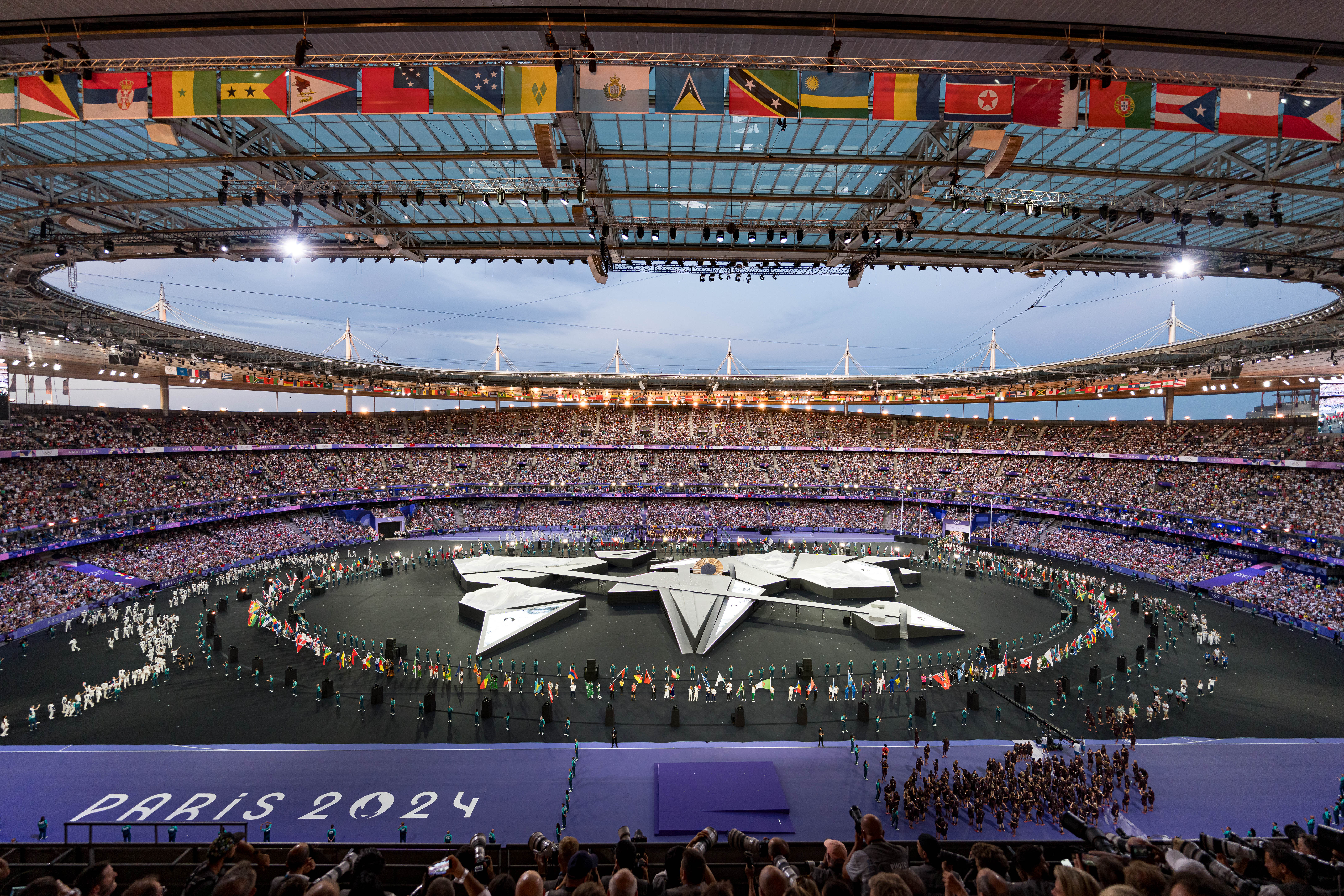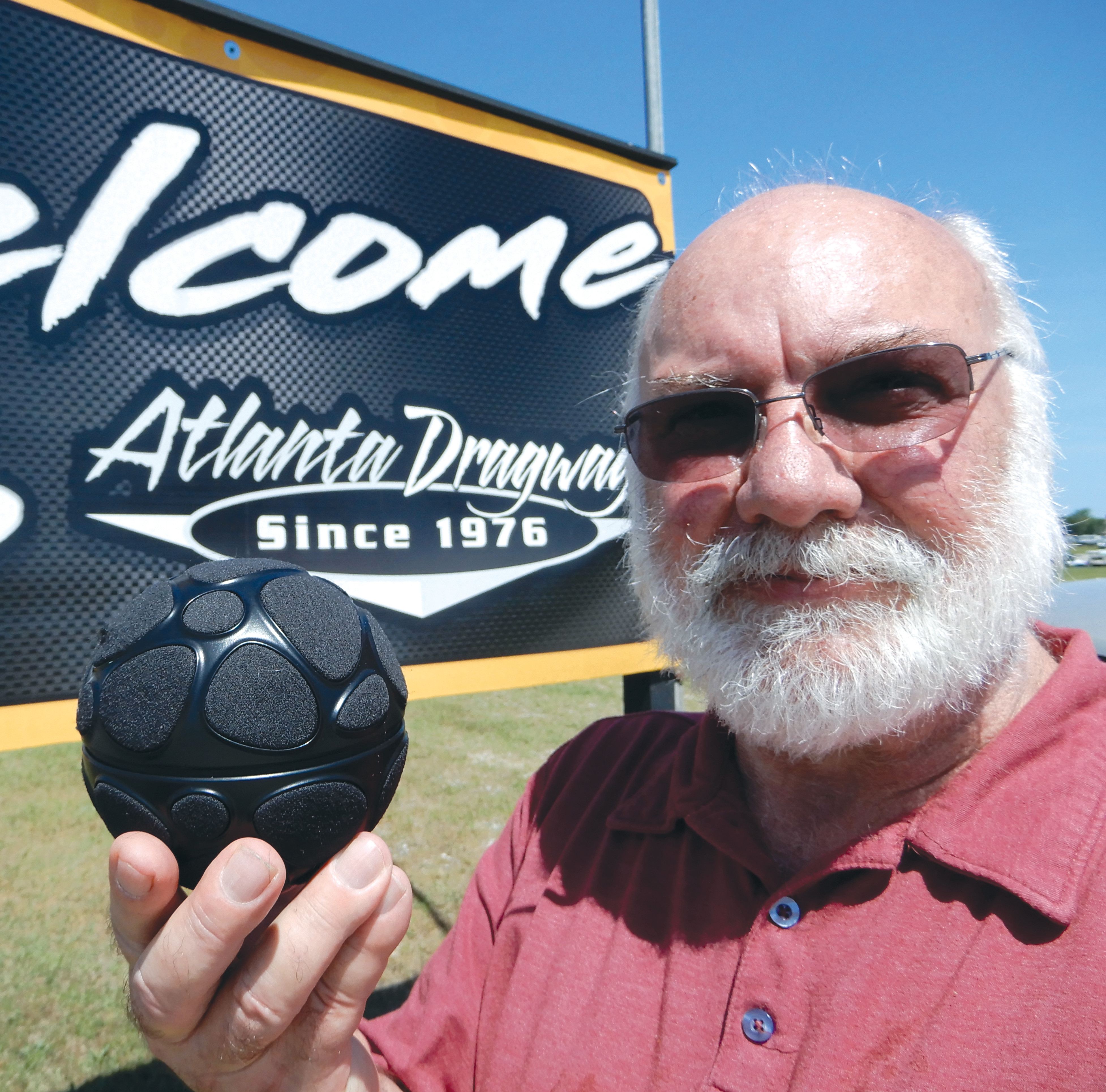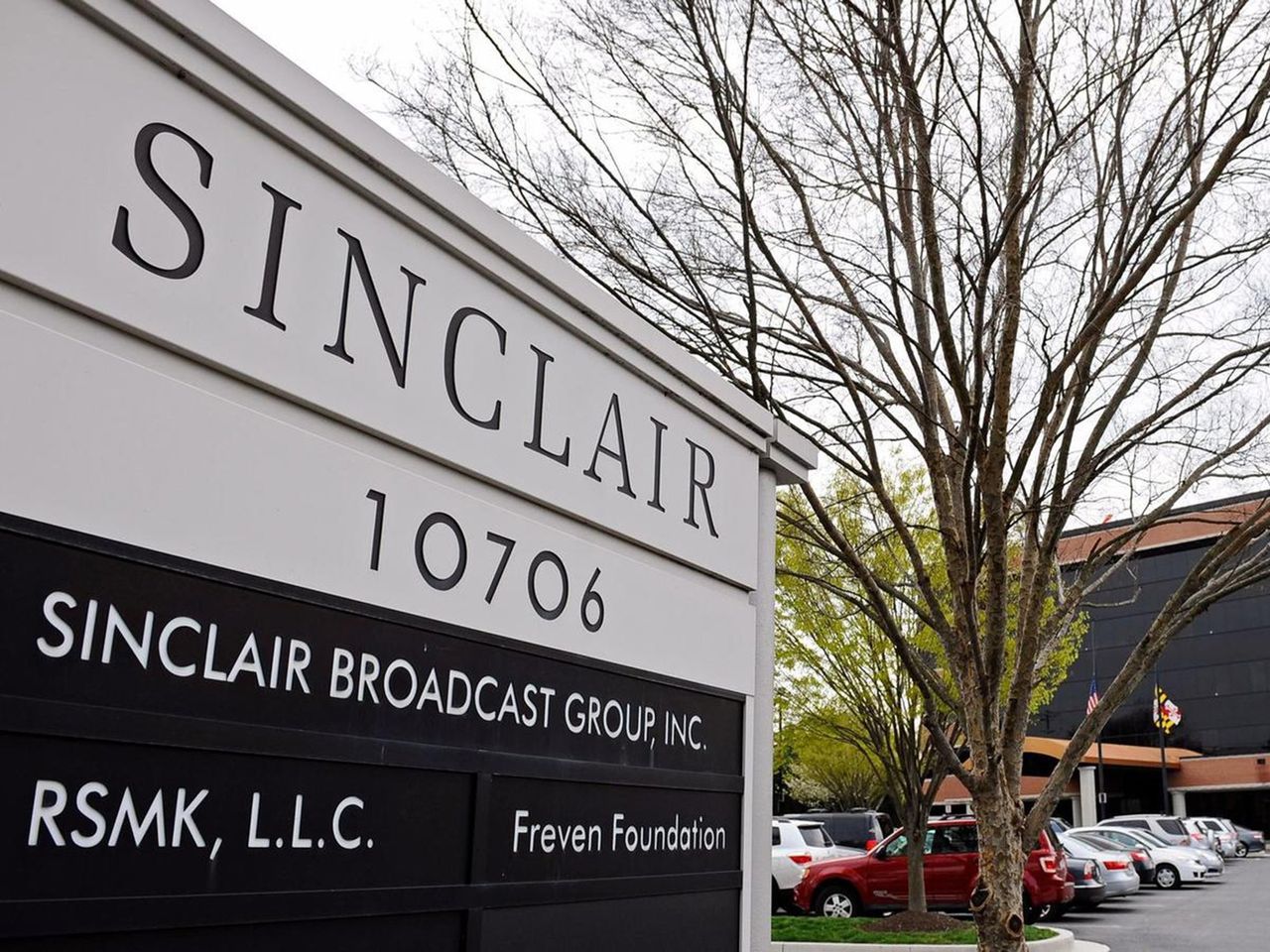How the Olympics Sound On TV—A Brief History
The evolution of sports audio over the past five decades

There have been a series of significant milestones in the evolution of Olympic broadcast sound culminating in the greatest audio production of an Olympics ever. Clearly NBC has led and dominated the soundwaves for more than four decades and 2024 is the pinnacle of their persistence.
Host Broadcasters
Basically, live television sound was mono until the 1980s with the first Olympics stereo broadcast in 1988. Under the direction of sound designer Bob Dixon, NBC placed a shotgun microphone alongside the host broadcaster’s single shotgun microphone to capture XY stereo. This was no easy feat politically or technically since the Host Broadcaster Korean Broadcasting System (KBS) was only obligated to delivered mono sound to the rightsholders, including NBC.
Basically, live television sound was mono until the 1980s with the first Olympics stereo broadcast in 1988."
The Host Broadcaster was traditionally the national broadcaster of the host country, but after 2008, Olympic Broadcast Services (OBS) became the permanent Host Broadcaster, fully under the direction of the International Olympic Committee.
The Host Broadcaster for the 1992 Games in Barcelona was TVE, Spain’s national broadcaster, where they produced the Opening and Closing Ceremonies in stereo, but sports were captured and produced in mono. The year 1996 was the first Olympics that the Host Broadcaster, Atlanta Olympic Broadcaster (AOB), captured and produced all events in stereo sound.
After 1996, Dixon encouraged Mike Edwards and Ken Reichel of Audio Technica to manufacture a stereo shotgun. In fact, Edwards initiated and supervised the development of three stereo microphones and two mono shotgun microphones, which were still heard on all Olympic sports and ceremonies in Paris.
Signal Management
In addition to the extensive development of suitable microphones, there was considerable work to be done with signal management and distribution. Broadcasters had to solve the problem of multichannel audio over a stereo infrastructure. Various schemes were developed to get more than two channels of sound to the home viewer/listener, but it was not until the sound was digitized that a credible surround sound was possible for distribution and transmission.
In 2006, after consulting with his audio director, Olympic Broadcast Services chief Manolo Romero determined that producing surround sound with unprocessed, discrete audio channels was the best way to satisfy the needs of all the rights holders at the Olympics—including NBC.
With 2008 came the implementation of surround sound at the Summer Olympics with the host broadcaster delivering six discrete channels of sound for the 5.1 sound format.
The sound of the 2008 Games was a significant challenge for NBC because so much of the viewing/listening audience was still listening in stereo since soundbars had only recently entered the marketplace in early 2000s.
NBC continued to develop surround sound with various Dolby analog schemes, but it was NBC’s adoption of ATSC 1.0 with Dolby AC3, along with a market full of affordable soundbars that multichannel sound would take off.
Immersive Sound
NBC polished its surround sound coverage but was persistent with the goal of true immersion. For the 2012 Games in Russia, NBC Sports Sound Designer and Olympic Supervisor, Karl Malone vigorously pursued immersive sound, beginning in Rio where NBC mixed Opening and Closing Ceremonies in immersive sound.
Pyeongchang and Tokyo followed, and immersive sound was heard in both Opening and Closing Ceremonies as well as big venues. For Beijing, all primetime coverage was produced in immersive sound. Finally in Paris, all primetime, USA Network and all Olympic sports received the immersive sonic enhancements.
By the Tokyo 2020 Summer Games, immersive sound was also captured and delivered by the permanent Host Broadcaster OBS. Nuno Duarte, the OBS sound designer and supervisor, was dealt a surprise—no audience! And the same for Beijing. The magic of sports and particularly the Olympics is seeing and hearing the arenas and stadiums full of spectators.
The games were delayed a year and everyone had time to prepare a design without spectators. The actual sound signal capture and production of immersive sound is not difficult particularly if you have a sonic layer of ambiance and atmosphere.
Malone had to make some difficult decisions about the sound design.
“Tokyo gave us the ability to focus on the details of the sports and the athletes,” he said. “The sound of the hands on the gymnastics apparatus and the creak of the wood on the parallel bars; the actual physical exertion of the athlete, the breath, the sighs, the joy all there to be captured without the masking by the crowd. We knew we were missing the passion of the crowd as much as the athletes were, but adding any fake crowd was unthinkable, even for a company like NBC, which is largely an entertainment one.”
A Milestone
The 2024 Summer Games in Paris were also a milestone as they were the first summer games where immersive sound was produced with the return of the audiences, the third dimension that was missing in Tokyo.
NBC seamlessly creates a production mix that includes “stems” of the host broadcaster’s 5.1.4 mix, plus any microphone splits, any additional crowd capture, any camera microphones, plus commentators, replays and music. Along with NBC’s branding and personal touch, it makes it look like NBC did the entire production.
“The absence of the crowd in an event of the magnitude of the greatest sporting contest in the world is almost unthinkable, and Paris is a return to what an event of this scope requires for the greatest athletes, the biggest crowds and the loudest cheers,” Malone said.
I anxiously tweaked up my Yamaha, Dolby Atmos-equipped soundbar and paid my subscription to Peacock over my Roku streamer and noticed a significant improvement with the sonic quality of the broadcasts.
The return of the spectator and the abundance of “open-air” stadiums has created a rich gumbo of sound succulence! I applaud Nuno Duarte and Karl Malone and thoroughly enjoyed listening.
Get the TV Tech Newsletter
The professional video industry's #1 source for news, trends and product and tech information. Sign up below.
Dennis Baxter has spent over 35 years in live broadcasting contributing to hundreds of live events including sound design for nine Olympic Games. He has earned multiple Emmy Awards and is the author of “A Practical Guide to Television Sound Engineering,” published in both English and Chinese. His current book about immersive sound practices and production will be available in 2022. He can be reached at dbaxter@dennisbaxtersound.com or at www.dennisbaxtersound.com.

